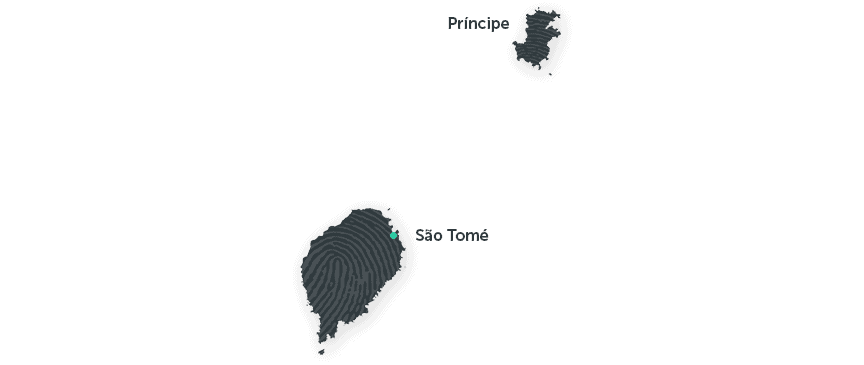Overview

Hidden in the Gulf of Guinea, off the west coast of Africa lie the spectacular volcanic islands of Sao Tome and Principe. These are the islands time forgot, a real-life Jurassic park, but without the dinosaurs! Our tailor-made holidays are put together from our own extensive experiences of travelling around the islands and could see you doing everything from hiking through tropical rainforests to relaxing in hammocks and snorkelling with tropical fish.
Scroll down for more detailed information about the islands below…
Climate
Tropical, hot and humid all year round with maximum of 30˚C from January to April and slightly cooler from May to September. Both islands have dry and wet seasons. June to September is cooler, with more cloud and virtually no rain, whilst March to May and October to December are considered the wettest months, with rainy days and clear skies.









Follow us online